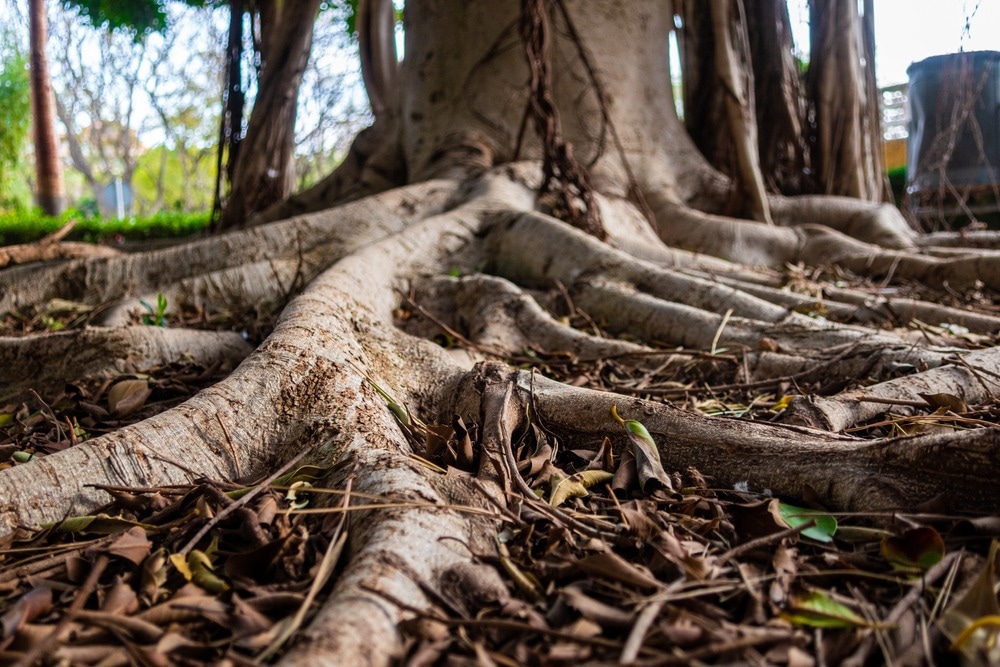Ancient trees, which are hundreds or thousands of years old, play an important part in biodiversity and ecosystem preservation by giving stability, strength, and protection to vulnerable areas.

Image Credit: Miguel AF/Shutterstock.com
A team of ecologists underlines the necessity of preserving these ancient organisms in a review article published on October 19th, 2022, in Trends in Ecology & Evolution and provides a project initiative to assure their protection and survival.
According to the authors, including Gianluca Piovesan and Charles H. Cannon, “Ancient trees are unique habitats for the conservation of threatened species because they can resist and buffer climate warming.”
Some of these trees, like bristlecone pines in the White Mountains, USA, can live up to 5,000 years and acts as massive carbon storage.
Ancient trees are hotspots for mycorrhizal interconnectivity, the symbiotic interaction between plants and underground fungi that provides some of the nutrients they require to survive. This symbiotic relationship with fungi also aids in the reduction of drought in dry environments. Ancient trees perform a disproportionately big part in conservation planning, yet they are disappearing at an alarming rate worldwide.
The experts suggest a two-pronged strategy for preserving ancient trees: first, the preservation of these trees through the propagation and conservation of the meristematic tissue and germplasm from these old trees; and second, planned integration of total protection and forest rewilding.
Researchers explain, “Mapping and monitoring old-growth forests and ancient trees can directly assess the effectiveness and sustainability of protected areas and their ecological integrity. To carry out this ambitious project, a global monitoring platform, based on advanced technologies, is required along with public contributions through community science projects.”
At present, national policy levels continue to impose restrictions on saving ancient trees in woodlands, forests, historic gardens, and urban and agricultural regions.
The authors note, “The current review of the Convention of Biological Diversity and Sustainable Development Goal 15 ‘Life on Land’ of Agenda 2030 should include old-growth and ancient tree mapping and monitoring as key indicators of the effectiveness of protected areas in maintaining and restoring forest integrity for a sustainable future.”
They added, “We call for international efforts to preserve these hubs of diversity and resilience. A global coalition utilizing advanced technologies and community scientists to discover, protect, and propagate ancient trees is needed before they disappear.”
The Morton Arboretum’s Center for Tree Science provided funding for the study.
Journal Reference:
Piovesan, G., et al. (2022) Ancient trees: irreplaceable conservation resource for ecosystem restoration. Trends in Ecology & Evolution. doi.org/10.1016/j.tree.2022.09.003.